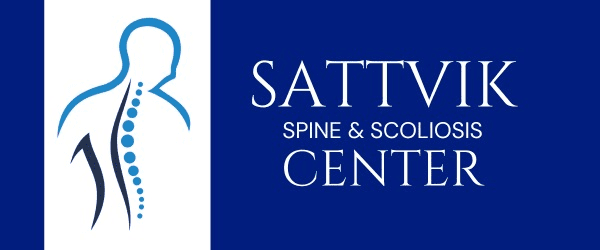The thoracic spine, situated in the mid-back region, is a critical component of the spine responsible for providing stability and supporting the ribcage. When injuries occur in this region, they can have significant implications for an individual’s mobility and overall well-being. This comprehensive guide delves into the intricacies of thoracic spine injuries, shedding light on their causes, symptoms, and the recovery process.
Exploring Thoracic Spine Injuries
The Role of the Thoracic Spine
The thoracic spine, consisting of twelve vertebrae labeled T1 to T12, plays a crucial role in maintaining the stability of the spine and supporting the ribcage. Injuries to this region can range from mild to severe, affecting both the spine and surrounding structures.
Common Causes of Thoracic Spine Injuries
Thoracic spine injuries can result from various causes, including:
- Trauma and Accidents: High-impact incidents such as car accidents or falls can lead to fractures, dislocations, or other injuries to the thoracic spine.
- Sports Injuries: Contact sports or activities with a risk of sudden impact can contribute to thoracic spine injuries.
- Degenerative Conditions: Conditions like osteoarthritis or degenerative disc disease can weaken the spine over time, increasing the vulnerability to injuries.
- Poor Posture and Overuse: Prolonged poor posture or repetitive movements can strain the thoracic spine, potentially leading to injuries.
Recognizing Symptoms of Thoracic Spine Injuries
Pain and Discomfort
Pain is a primary symptom of thoracic spine injuries. The location, intensity, and nature of the pain can vary depending on the specific injury.
Limited Range of Motion
Injuries to the thoracic spine may restrict the normal range of motion, making it challenging to bend, twist, or move comfortably.
Numbness or Tingling
Nerve compression associated with thoracic spine injuries can cause numbness, tingling, or weakness in the torso or extremities.
Breathing Difficulties
Severe injuries to the thoracic spine may impact the respiratory muscles, leading to difficulties in breathing.
Bowel or Bladder Dysfunction
In rare cases of severe injury, dysfunction of bowel or bladder control may occur, necessitating immediate medical attention.
Diagnosis and Treatment
Medical Evaluation
Diagnosis of thoracic spine injuries involves a thorough medical evaluation, including imaging tests such as X-rays, CT scans, or MRI to assess the extent of the injury.
Non-Surgical Treatment Options
- Rest and Immobilization: In milder cases, rest and immobilization may be sufficient to allow the spine to heal.
- Pain Management: Medications, physical therapy, and pain-relieving techniques may be employed to manage discomfort.
Surgical Interventions
In severe cases, surgical intervention may be necessary. This can involve spinal fusion, stabilization procedures, or addressing specific issues depending on the nature of the injury.
Recovery and Rehabilitation
Physical Therapy
Rehabilitation through physical therapy is a key component of recovery. It aims to restore strength, flexibility, and functionality to the thoracic spine.
Gradual Return to Activity
Recovery from thoracic spine injuries is a gradual process. Individuals may need to modify activities and gradually reintroduce them to prevent re-injury.
Preventing Thoracic Spine Injuries
Proper Body Mechanics
Educating individuals on proper body mechanics, especially during activities that involve lifting or repetitive movements, can help prevent thoracic spine injuries.
Core Strengthening
Strengthening the core muscles through targeted exercises can provide additional support to the thoracic spine, reducing the risk of injuries.
Conclusion: Restoring Thoracic Spine Health
Thoracic spine injuries can be challenging, but with proper understanding, timely intervention, and a comprehensive rehabilitation approach, individuals can regain mobility and lead fulfilling lives. It is crucial to prioritize spine health, adopt preventive measures, and seek prompt medical attention in case of injury to ensure the best possible outcome.










Get Social